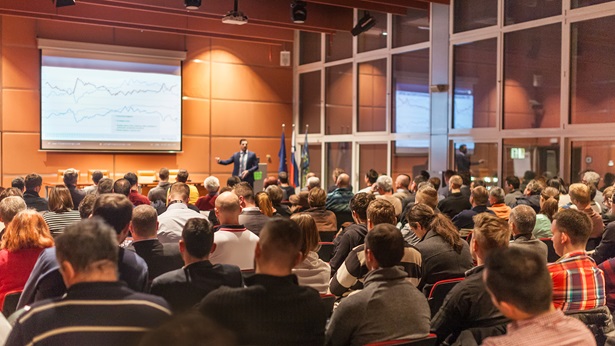Complying with the EPA Lead Paint Rule During Emergency Renovations
In the case of emergency renovations, often in the wake of a natural disaster, the EPA’s lead paint rule (LRRP) contains some accommodations. For the full guidelines, read the post-disaster LRRP FAQ from the EPA.
- Which parts of the LRRP rule are in effect for emergency renovations?
All emergency renovations in pre-1978 homes still require cleaning, cleaning verification, and recordkeeping under the LRRP rule. These requirements must be performed by an EPA certified renovator. - Which provisions of the LRRP rule are not required for emergency renovations?
Emergency renovations are exempt from the following LRRP rule provisions: information distribution, posting warning signs at the renovation site, containment of dust, and waste handling. Contractors working on emergency renovations do not need to be EPA trained or certified but an EPA certified renovator is required to do the cleaning, cleaning verification, and recordkeeping under the LRRP rule as noted above. - Are there any emergency renovations that are exempt from the LRRP rule?
The LRRP Rule does not apply to an activity that demolishes and rebuilds a structure to a point where it is effectively new construction, i.e. a teardown. - Which activities qualify as emergency renovations?
Emergency renovations are renovation activities in pre-1978 homes that were the result of a sudden, unexpected event like a natural disaster and must be performed immediately to protect personal property and public health.
Locate an EPA Lead-Safe certified renovator in your area. Contact your local home builders association for additional resources and information.



